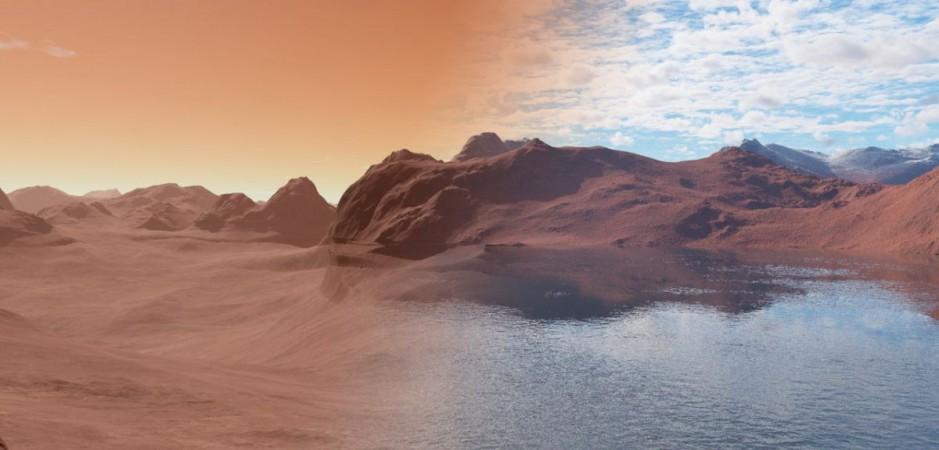
Several conspiracy theorists and alien enthusiasts strongly believe that alien life is thriving on Mars, and to substantiate these views, they have been figuring out many anomalies in NASA images taken from Mars. However, experts have a different take on this, and they believe that living beings might have thrived on the Martian surface around 4 billion years ago.
However, life on Mars became very difficult as the planet started losing its magnetic field, and around 3.7 billion years ago, the planet turned into barren land. It should be noted that earth, the planet in which we live in has a magnetic field, and it plays a crucial role in protecting living beings here.
However, Michael Finney, co-founder of the Genome Partnership, a nonprofit organization that runs the Advances in Genome Biology and Technology conferences, believes that these turn of events that happened in Mars before 3.7 billion years ago might not have turned Mars to a dead planet.
"If Mars had life 4 billion years ago, Mars still has life. Nothing has happened on Mars that would've wiped out life. So, if there were life on Mars, it may have moved around, it may have gone into hiding a bit, but it's probably still there," said Michael Finny, during a panel discussion at the Breakthrough Discuss conference at the University of California, Berkeley, Space.com reports.
The new remarks made by Michael Finny suggests that alien life may be thriving in the underground of Mars. A few months back, NASA's Curiosity Rover had detected two plumes of methane on Mars, and many experts claimed that this is a positive sign that indicates the presence of alien life on the Red Planet. In earth, more than 90 per cent of the methane in the atmosphere is produced by microbes, and if the same is the case with Mars, then life, at least in its simple form might be living in Martian underground.
A few weeks back, a study report published in the Journal of Astrobiology and Space Science had suggested that alien life is present on Mars. Researchers who took part in this study revealed that they have spotted algae and fungi in at least 15 photos taken by NASA's Curiosity Rover.

















